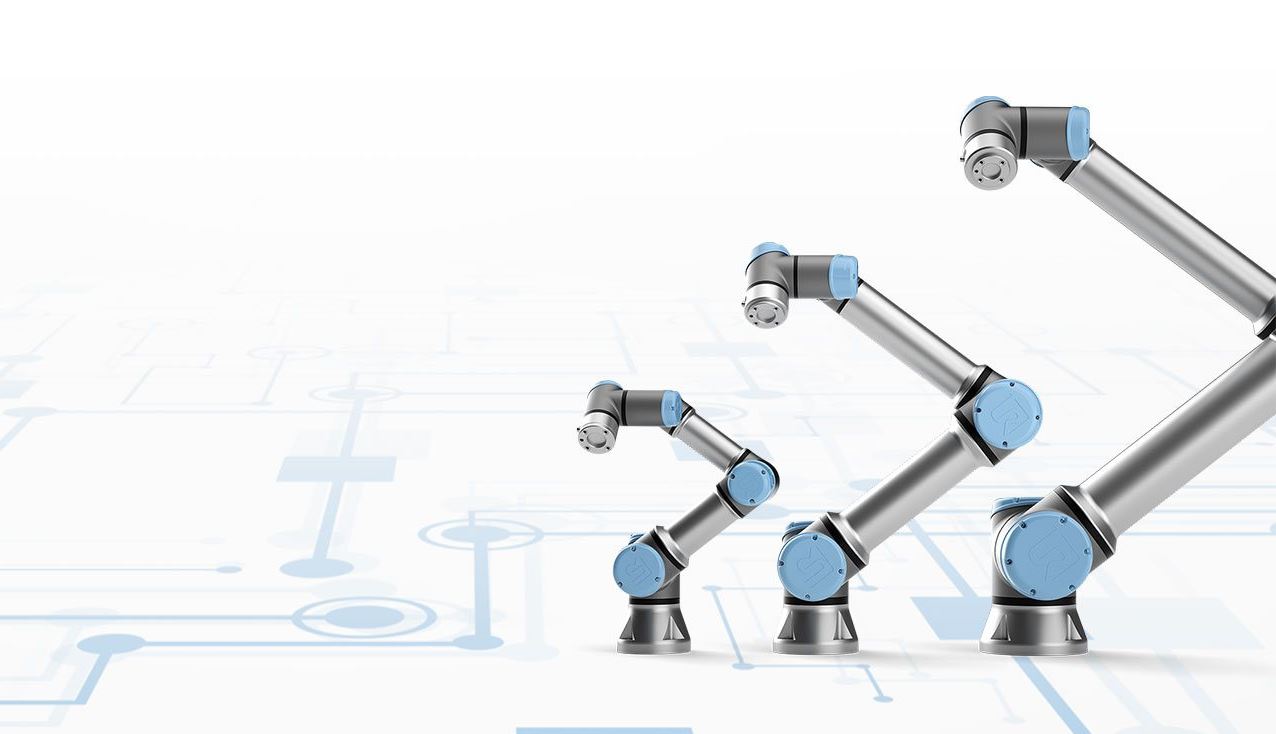Both small and large industrial robot arms have their place in an industrial production line. Large industrial robot arms are ideal for two kinds of tasks.
- Tasks that involve lifting heavy objects.
- Tasks that require an excellent arm reach.
Small industrial robot arms, on the other hand, are ideal for,
- Tasks that involve lifting light loads; preferably loads that are less than 20kgs.
- Tasks that require precision and a small arm reach.
Note that just because small industrial robots might be limited regarding payload does not mean they cannot be used for numerous applications. They can be used for pick and placing, machine tending, assembly, and packaging. Moreover, small industrial robots can be used across multiple industries. Whether it is the food industry, manufacturing or service industry, small industrial robots are at the forefront adding value.
There are five main benefits of opting for a small industrial robot arm, especially, if the process you wish to automate can accommodate a small industrial robot.
1. You Save on Space Because the Arm Can Be Mounted Anywhere
One of the most significant benefits of using small industrial robot arms is that you need not worry about finding space for the robot. Due to its small size, it can be mounted on the ceiling, the table, the wall, a shelf, the floor, etc. The list of possible mounting locations is inexhaustible because as long as a flat surface is available, then the robot can be mounted.
This kind of versatility is essential because finding extra space is always a challenge for any business whether large or small. Also, it is an added advantage to SMEs because their small size will not limit them.
2. Affordability
It follows that the smaller the arm, the more affordable it is. Let us analyze two popular robot arms in the market today for demonstration purposes—the UR3 and UR5.
The UR3 is a small industrial robot arm that has a payload of 3kg and a reach of 50cm. The UR3 goes for $23,000. The UR5, on the other hand, is a larger version of the UR3 with a payload of 5kg and a reach of 85cm. The UR5 goes for $35,000. From this data, we can deduce that when the arm becomes smaller, the cost, in turn, lowers by a significant margin. That holds true across the board irrespective of your chosen provider.
3. The Safety Aspect
A key consideration for any collaborative robot manufacturer is that the robots ought to be as safe as possible. Generally, irrespective of the size, collaborative robots are designed for safety. However, one cannot ignore the fact that for small industrial robot arms, the maximum force limit is lower. For a UR3 for instance, the force limit default is 150N but it can be adjusted down to 50N.
Additionally, even if you just consider the payload, the higher the payload, the greater the damage the robot arm can inflict in case of an accident.
4. Increased Precision and Performance
Smaller robots are capable of producing extraordinary speed, precision, and repeatability. Consider a small industrial robot with a 0.1mm repeatability. That kind of repeatability allows you to automate tasks that require high accuracies and delicate manipulations. As a result, a company utilizing these small robots will increase productivity and cut cycle times by a considerable margin.
5. Simplicity
Because of their small size, small industrial robots are designed with simplicity in mind. That means the programming is made as easy as possible and more often than not, a simple communication protocol is all that is needed.
Therefore, the need for prior training is eliminated and no time is wasted because employees need to learn some complicated programming.
Summary
While the benefits of large robots are well established, it is essential to remember that where applicable, smaller robots bring numerous advantages to the table.

